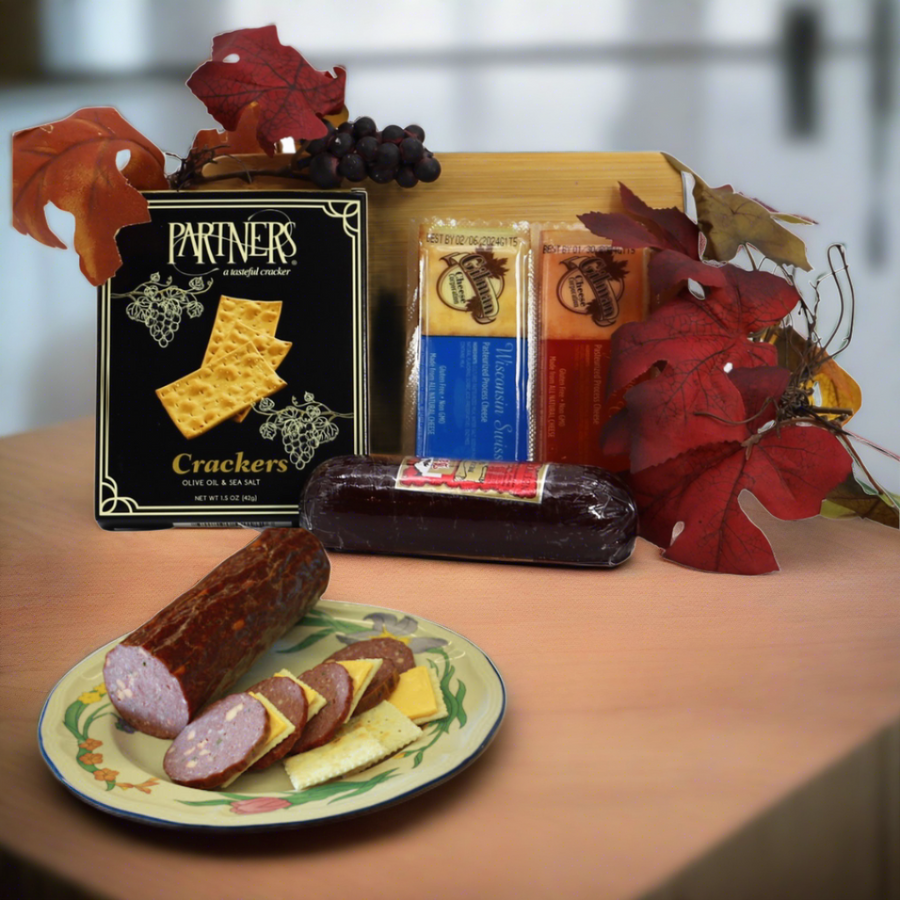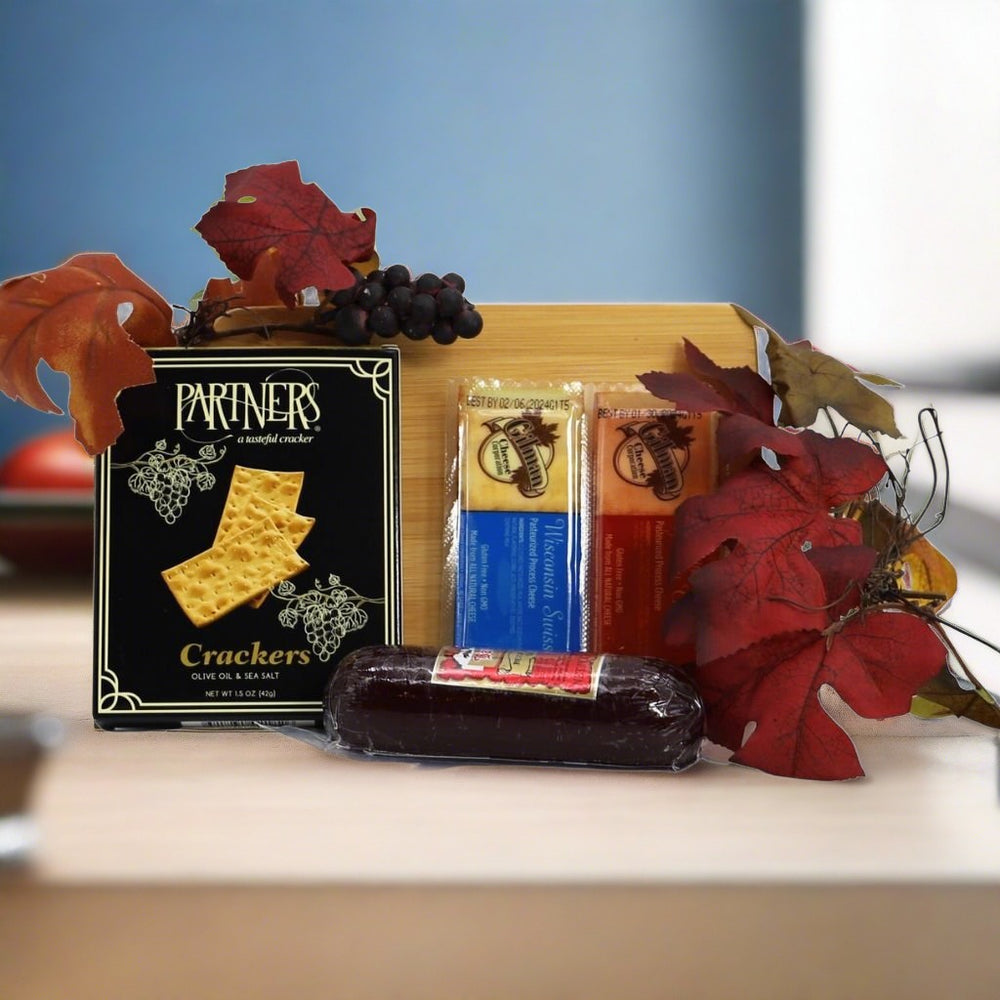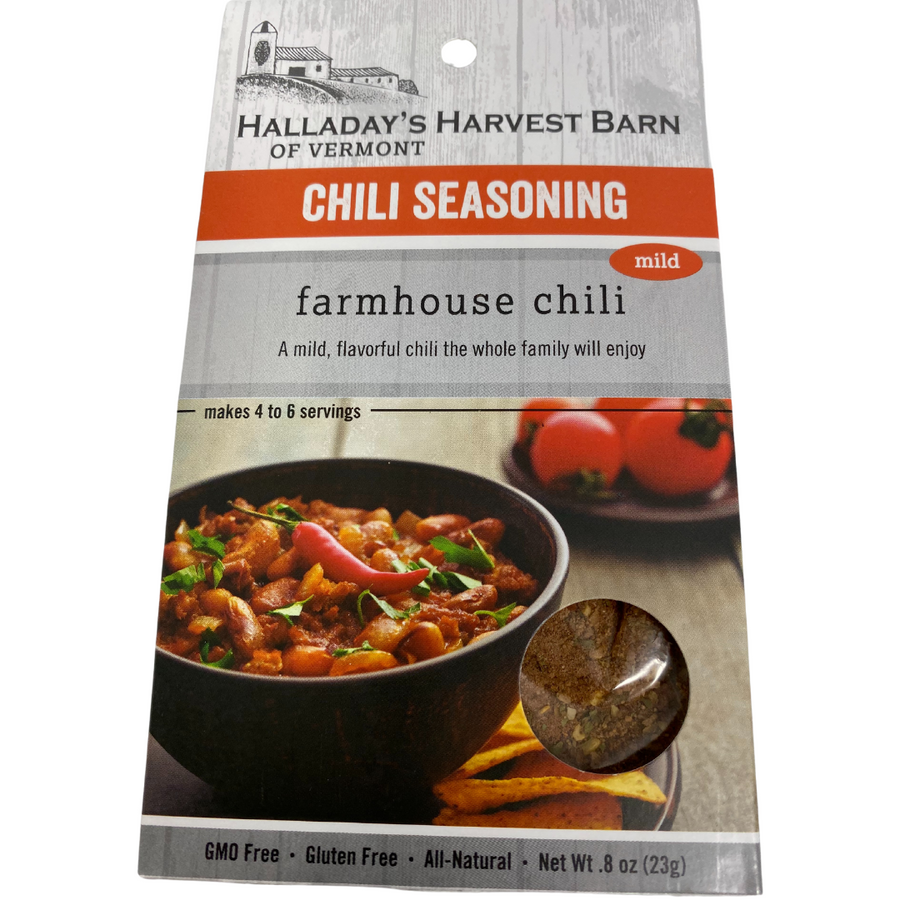The Ultimate Guide to Growing Your Own Veggies: Tips and Tricks
Planning your garden
Before you start planting your fresh vegetable garden, it's important to do some planning. The first step is to decide where you want to put your garden. You'll want to choose a location that gets plenty of sunlight, has good drainage, and is easy to access. You'll also want to make sure that the soil is fertile and has a pH level between 6.0 and 7.5.
Once you've chosen your location, you'll need to decide on the size and shape of your garden. You can start small with a few raised beds or go big with a full-blown vegetable patch. Just make sure that you have enough space to accommodate the vegetables you want to grow.
Next, you'll want to sketch out a rough plan of your garden. Think about which vegetables you want to grow and how much space they'll need. You'll also want to consider companion planting, which is the practice of planting certain vegetables together to improve growth and deter pests.
Choosing the right vegetables to grow
When choosing the vegetables to grow in your garden, it's important to consider your climate and growing season. Some vegetables, like tomatoes and peppers, need a long growing season and warm temperatures. Others, like lettuce and spinach, prefer cooler weather and can be planted in early spring or fall.
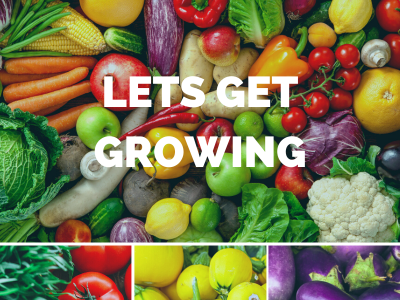
You'll also want to consider the size of your garden and your family's preferences. If you have limited space, you may want to focus on fresh vegetables that are easy to grow and provide a high yield, such as tomatoes, cucumbers, and beans. If you have more space, you can experiment with different varieties and flavors, such as heirloom tomatoes, purple carrots, and rainbow chard.
Finally, you'll want to consider the nutritional value of the vegetables you choose. Dark leafy greens like kale and spinach are packed with vitamins and minerals, while root vegetables like carrots and beets are rich in fiber and antioxidants.
Preparing the soil for planting
Before you start planting your vegetables, you'll need to prepare the soil. The first step is to remove any weeds and rocks from the area. You can use a hoe or garden fork to loosen the soil and remove the weeds.
Next, you'll want to add organic matter to the soil. This can be in the form of compost, manure, or leaf mold. Organic matter helps to improve soil structure, retain moisture, and provide nutrients to the plants.
You'll also want to test the pH level of your soil. Most vegetables prefer a pH level between 6.0 and 7.5. If your soil is too acidic, you can add lime to raise the pH level. If it's too alkaline, you can add sulfur to lower the pH level.
Planting and caring for your vegetables
Once your soil is prepared, it's time to start planting your vegetables. You'll want to follow the instructions on the seed packet or plant tag for the specific vegetable you're planting. Some vegetables, like lettuce and spinach, can be planted directly in the ground. Others, like tomatoes and peppers, are best started indoors and transplanted outside when the weather warms up.
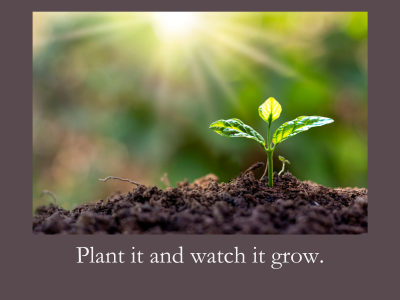
After you've planted your fresh vegetables, you'll want to water them regularly and keep an eye out for pests and diseases. Most vegetables need about an inch of water per week. You can use a soaker hose or drip irrigation system to water your garden efficiently.
To prevent pests and diseases, you can use natural remedies such as neem oil, garlic spray, or diatomaceous earth. You can also attract beneficial insects such as ladybugs and lacewings to your garden by planting flowers and herbs that they like.
Tips for maintaining a healthy vegetable garden
To maintain a healthy vegetable garden, you'll want to do some regular maintenance. This includes pruning, fertilizing, and mulching.
Pruning involves removing any dead or diseased leaves or branches from your plants. This helps to promote healthy growth and prevent the spread of disease.
Fertilizing involves adding nutrients to the soil to help your plants grow. You can use organic fertilizers such as compost or manure, or you can use a commercial fertilizer.
Mulching involves adding a layer of organic material such as straw or leaves to the soil around your plants. This helps to retain moisture, prevent weeds, and regulate soil temperature.
Dealing with common vegetable garden problems
Even with the best care, your fresh vegetable garden may still encounter some problems. Some common problems include pests, diseases, and nutrient deficiencies.
To deal with pests, you can use natural remedies such as neem oil, garlic spray, or diatomaceous earth. You can also attract beneficial insects such as ladybugs and lacewings to your garden by planting flowers and herbs that they like.
To deal with diseases, you can practice good hygiene by removing any infected plants and disinfecting your tools. You can also use natural remedies such as copper fungicide or sulfur powder.
To deal with nutrient deficiencies, you can add organic matter to the soil or use a commercial fertilizer. You can also test the pH level of your soil to make sure that it's within the range that your plants prefer.
Harvesting and preserving your vegetables
When it's time to harvest your vegetables, you'll want to pick them at the peak of ripeness. This is when they are the most flavorful and nutritious. You can use a sharp knife or scissors to harvest your vegetables, being careful not to damage the plant.

After you've harvested your vegetables, you'll want to store them properly to make them last longer. Some vegetables, like tomatoes and peppers, can be stored at room temperature. Others, like carrots and beets, need to be stored in a cool, dark place.
If you have a lot of vegetables, you may want to consider preserving them. You can do this by canning, freezing, or dehydrating them. Canning involves packing the vegetables in jars and processing them in a hot water bath. Freezing involves blanching the vegetables and freezing them in freezer bags. Dehydrating involves drying the vegetables in a dehydrator or oven.
Recipes to make with your homegrown vegetables
One of the best things about growing your own vegetables is getting to cook with them! Here are a few recipes to try with your homegrown veggies:
1. Tomato and basil salad: Slice fresh tomatoes and sprinkle with chopped basil, olive oil, and balsamic vinegar.
2. Roasted root vegetables: Toss chopped carrots, beets, and sweet potatoes with olive oil, salt, and pepper and roast in the oven until tender.
3. Cucumber and dill dip: Mix chopped cucumbers with Greek yogurt, chopped dill, and garlic for a refreshing dip.
4. Sauteed kale and garlic: Saute chopped kale and garlic in olive oil until wilted and tender.
 Conclusion and final thoughts
Conclusion and final thoughts
Growing your own vegetables is a rewarding and fulfilling experience. Not only do you get to enjoy fresh, healthy produce, but you also get to connect with nature and learn about sustainable living. By following the tips and tricks in this guide, you'll be well on your way to becoming a vegetable gardening pro. So grab your shovel and get digging! Your taste buds (and your wallet) will thank you.
Latest Stories
Finding the Perfect Birthday Gift for Dad 7 Ideas to Show him How Much You Care
Are you on the hunt for the perfect birthday present for your pops. We've got some great ideas to help you show him how much he means to you.
Beyond Words Unleashing the Joy of Giving with Meaningful Thank You Gifts
Check this out - we've got some super cool ideas to help you say thanks in a meaningful way!
Beyond the BBQ Creative Ways to Enjoy Summer Sausage
Forget the same old burger and hot dog routine. This summer, spice up your cookouts with everyone's favorite meaty snack - summer sausage!


